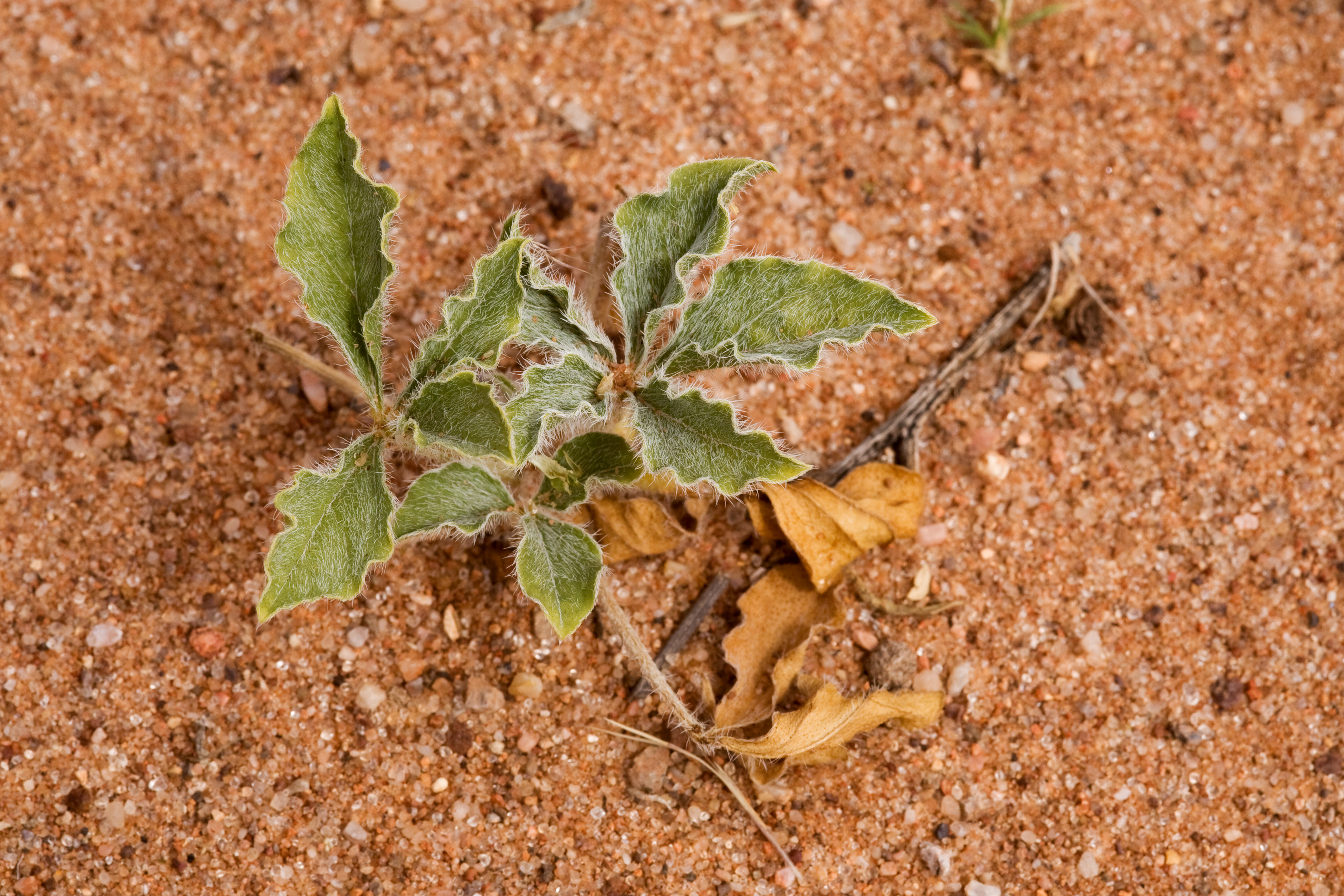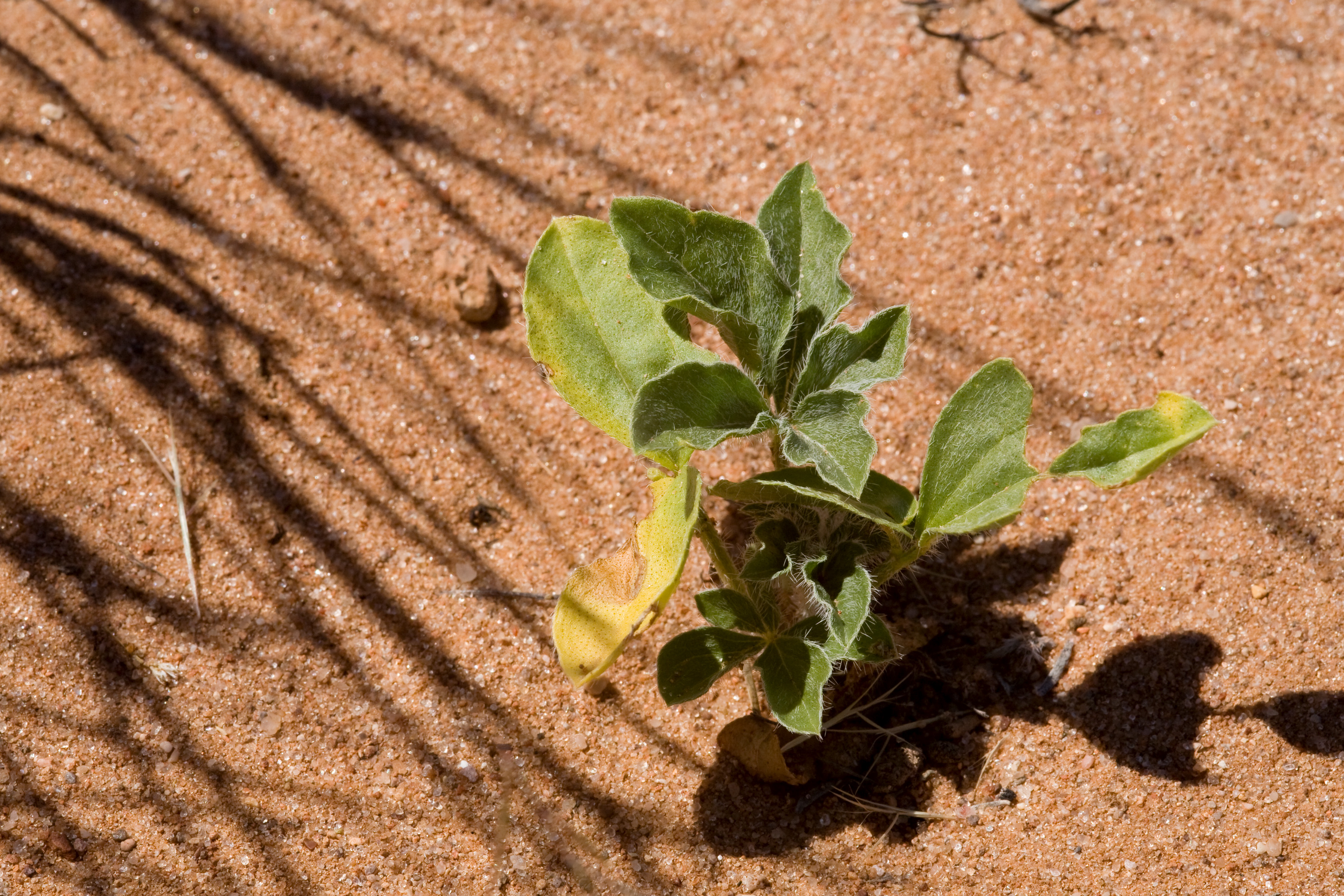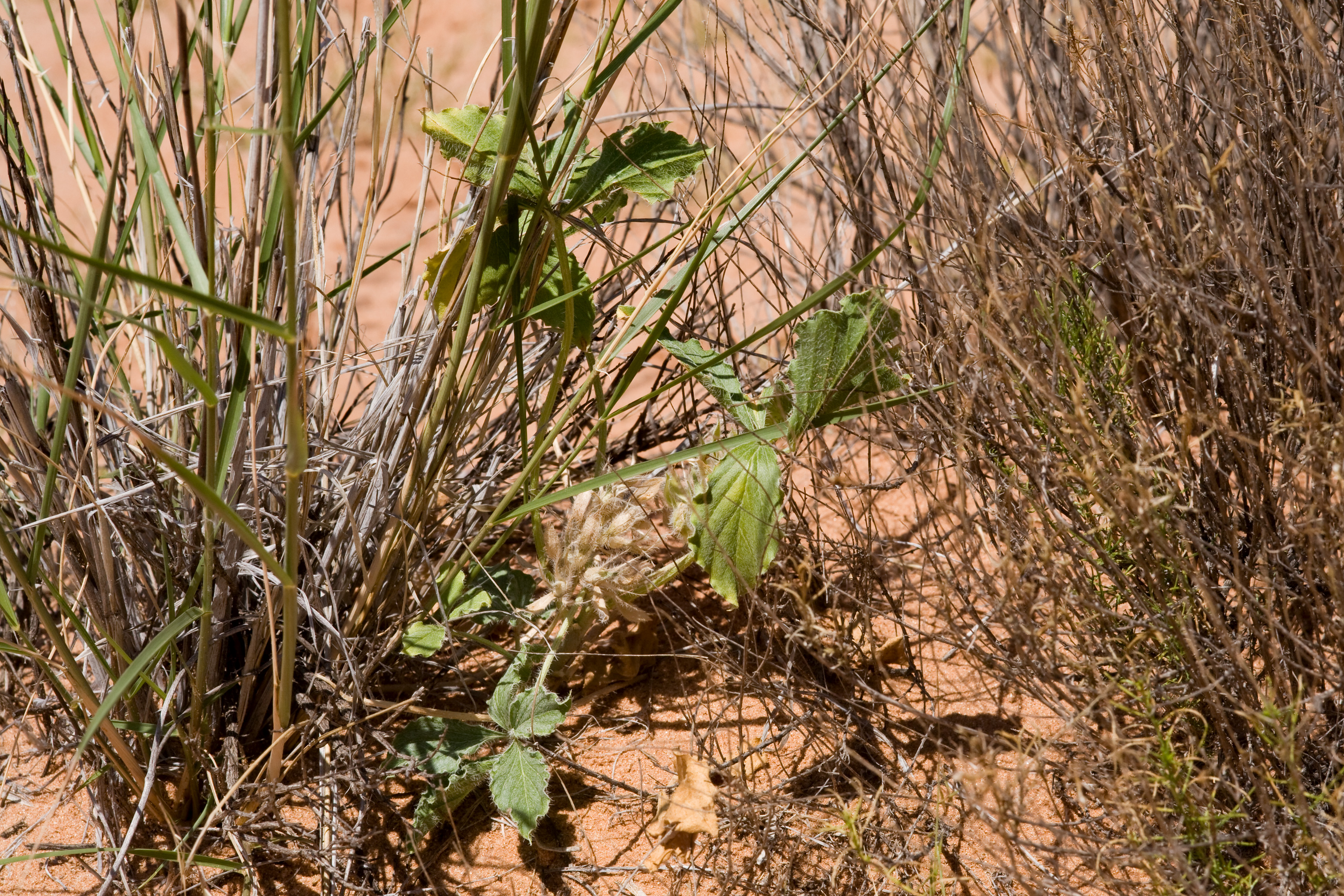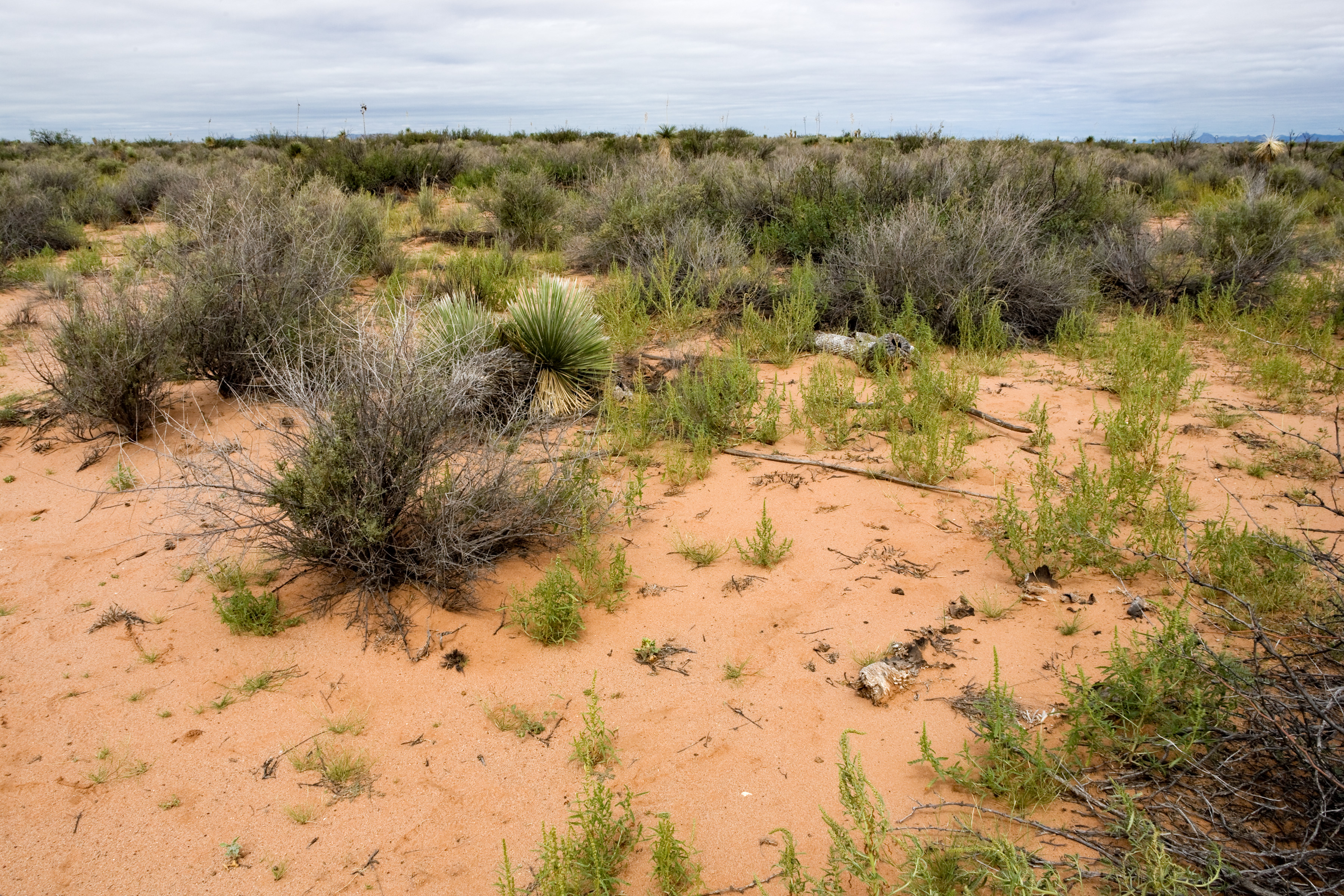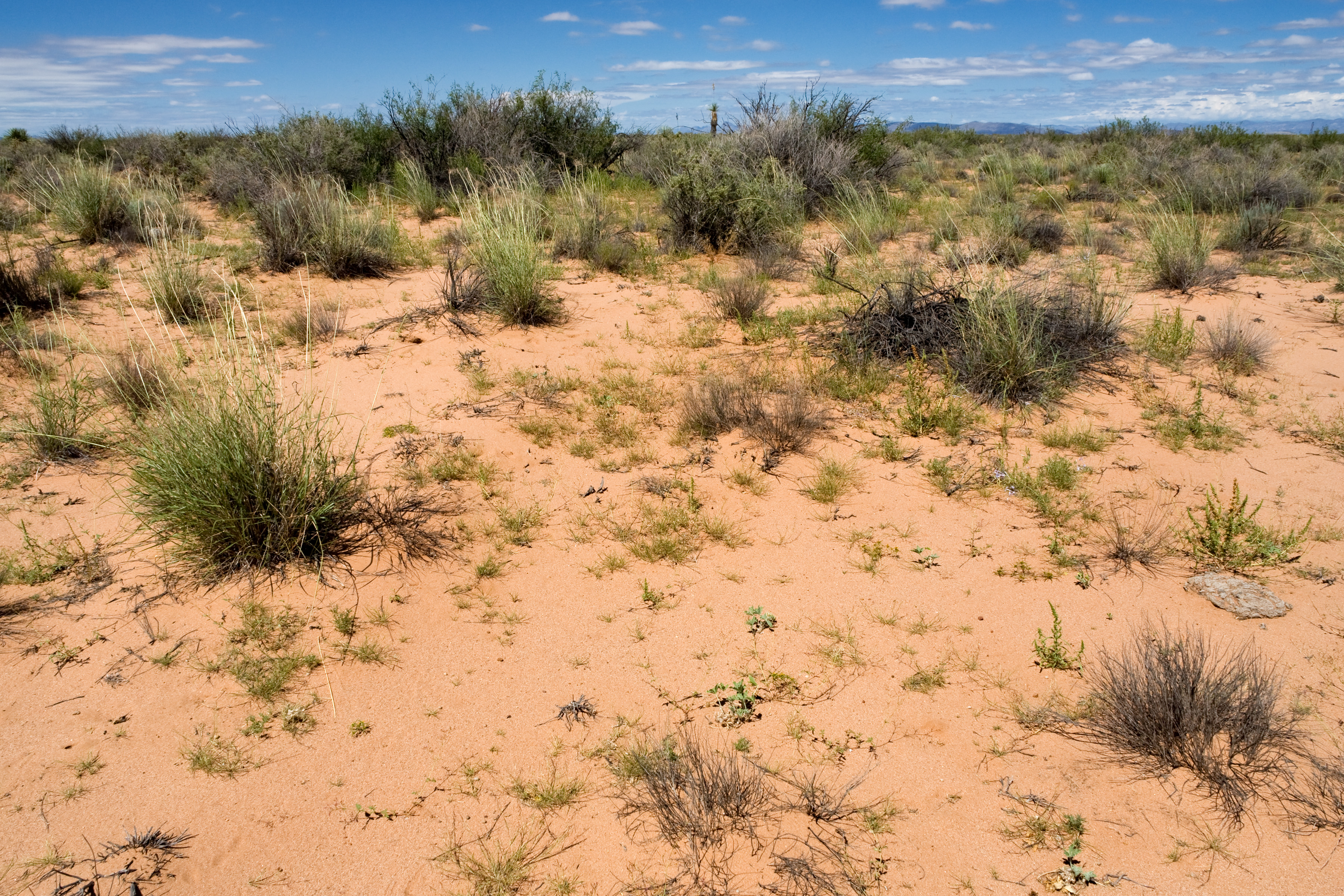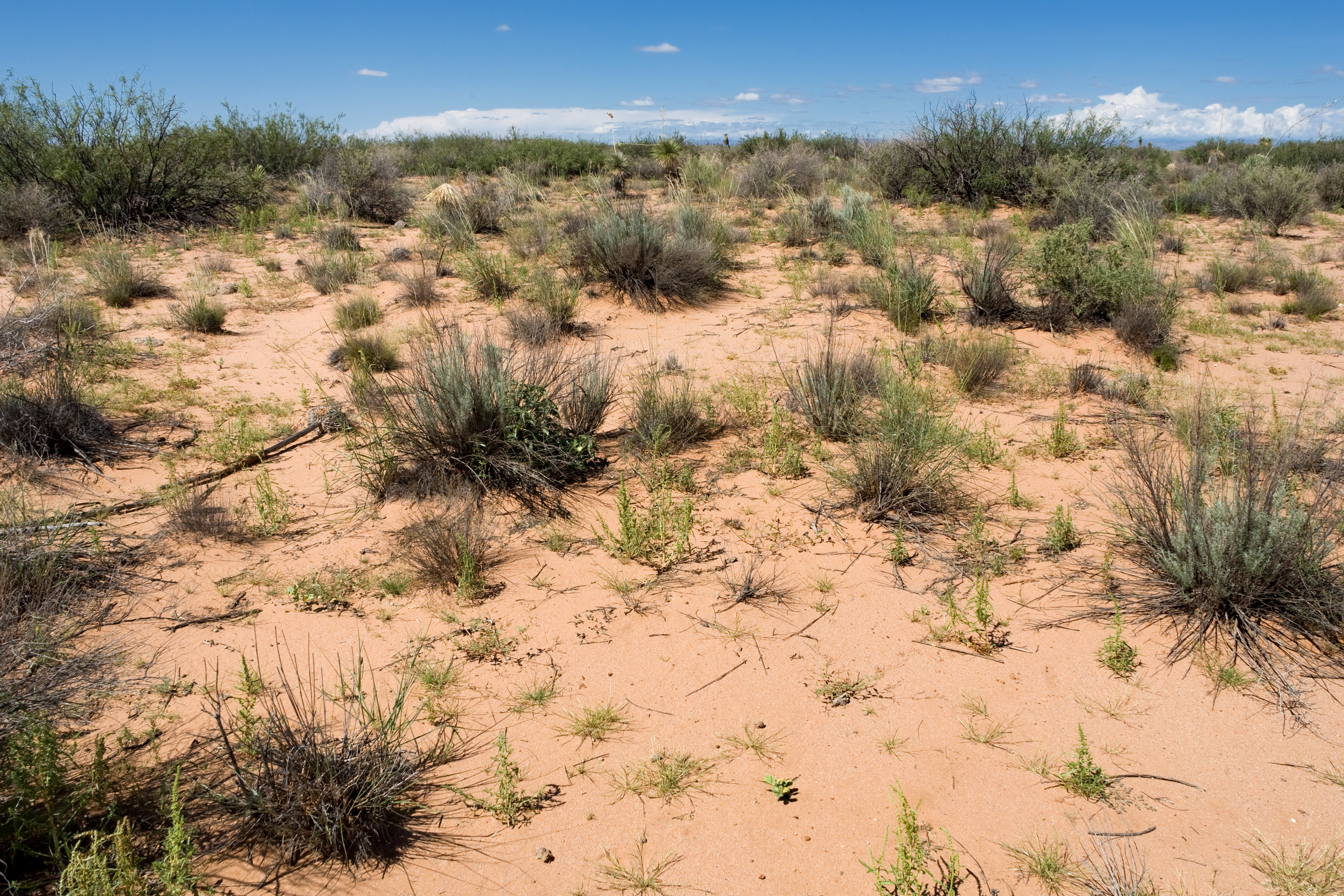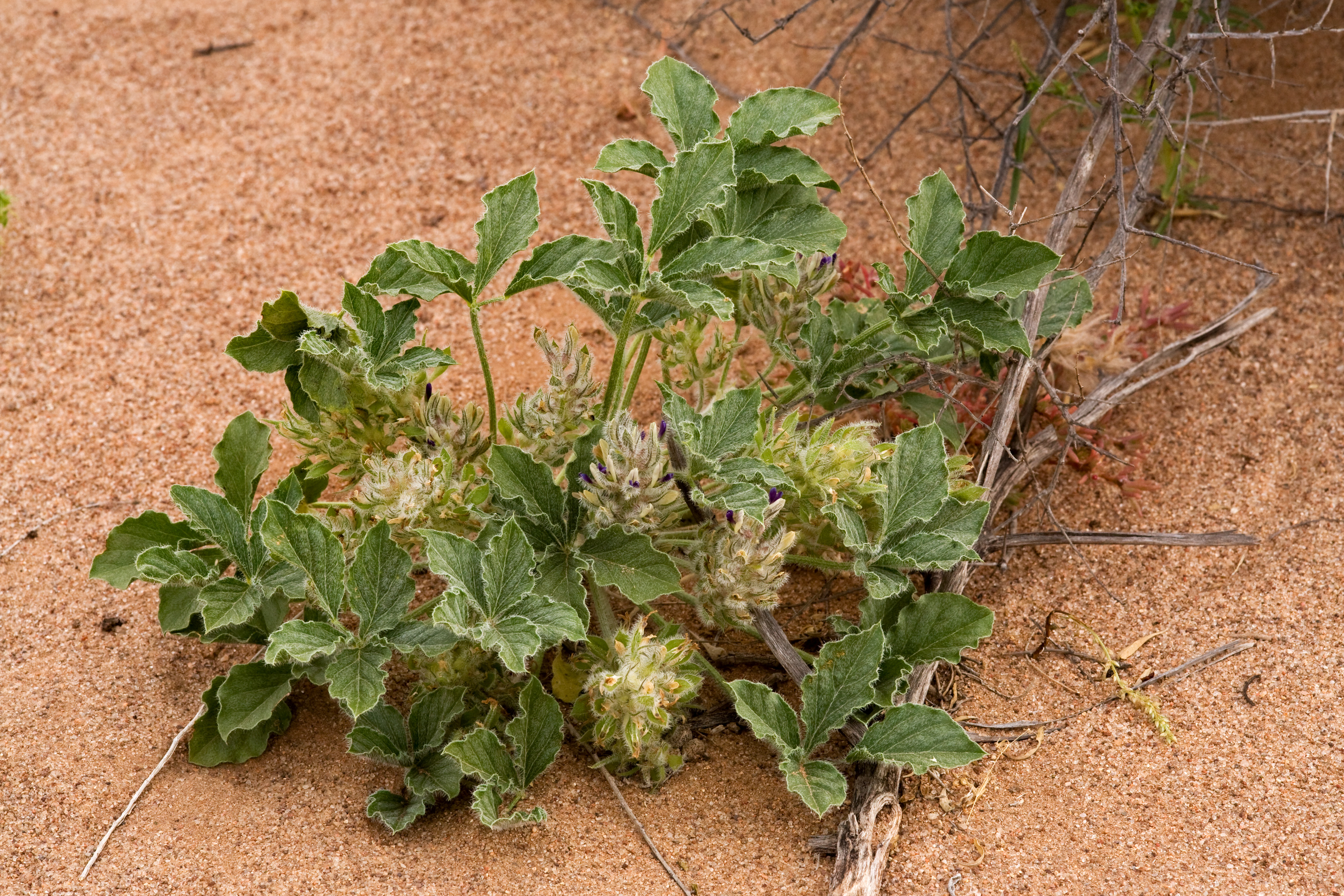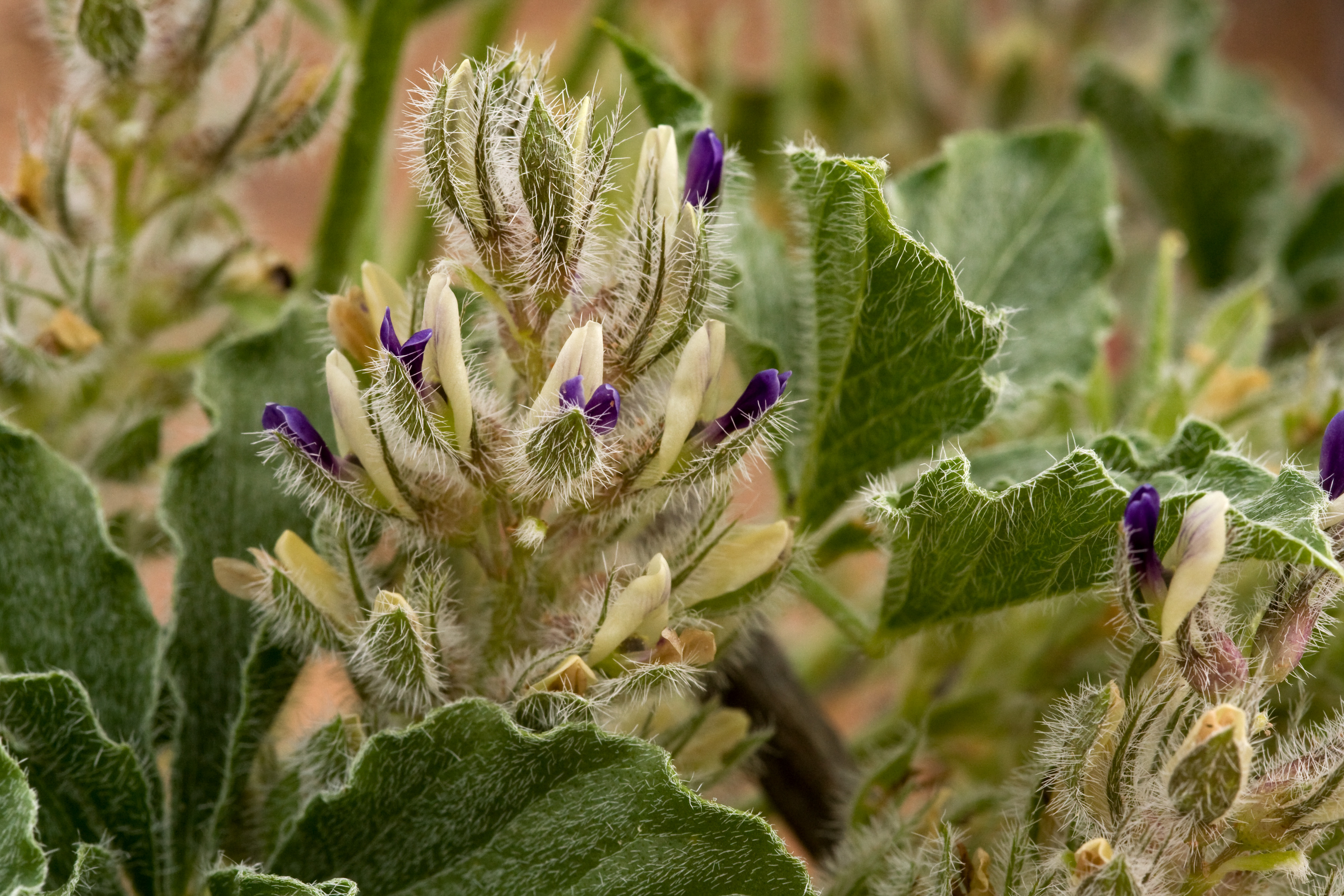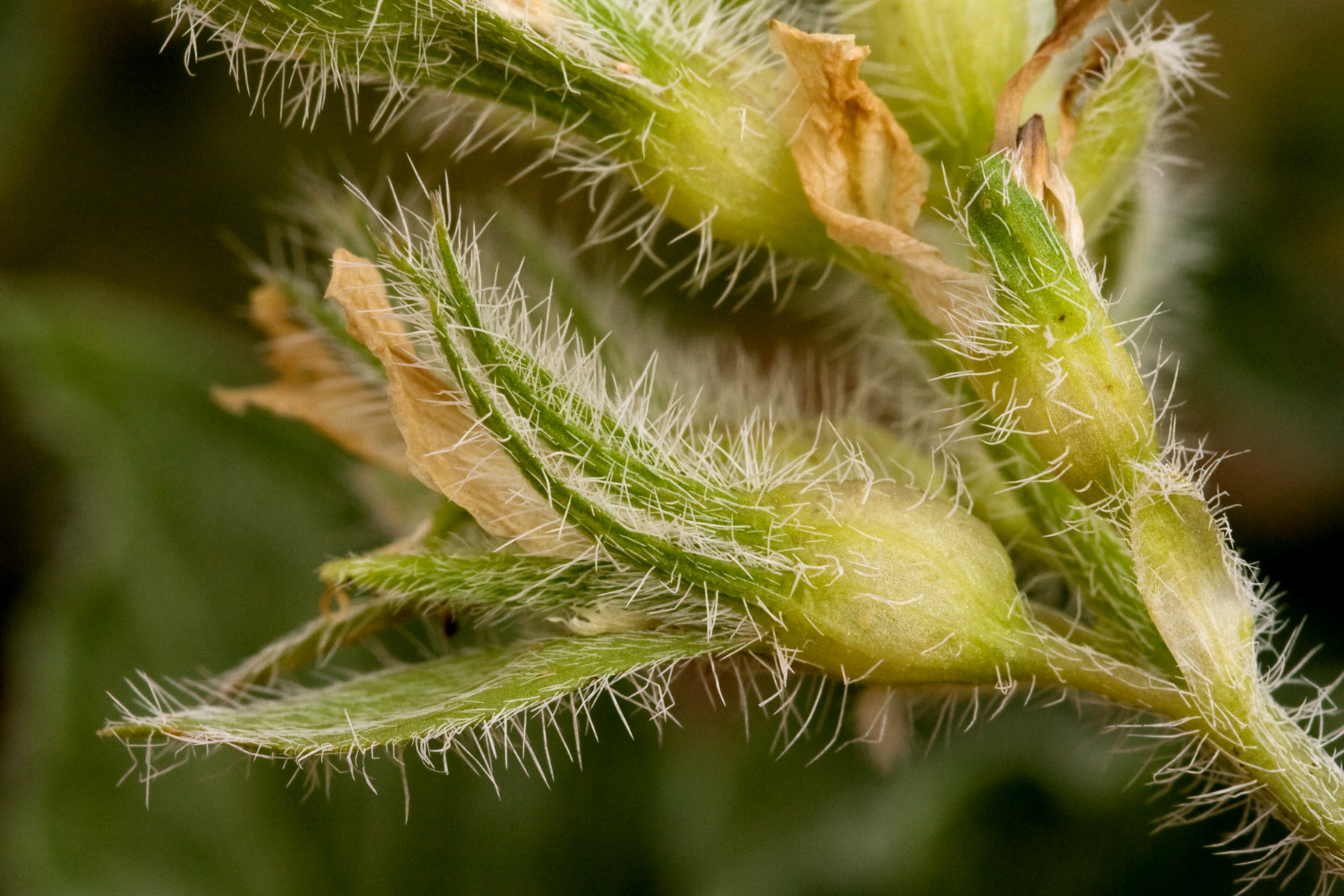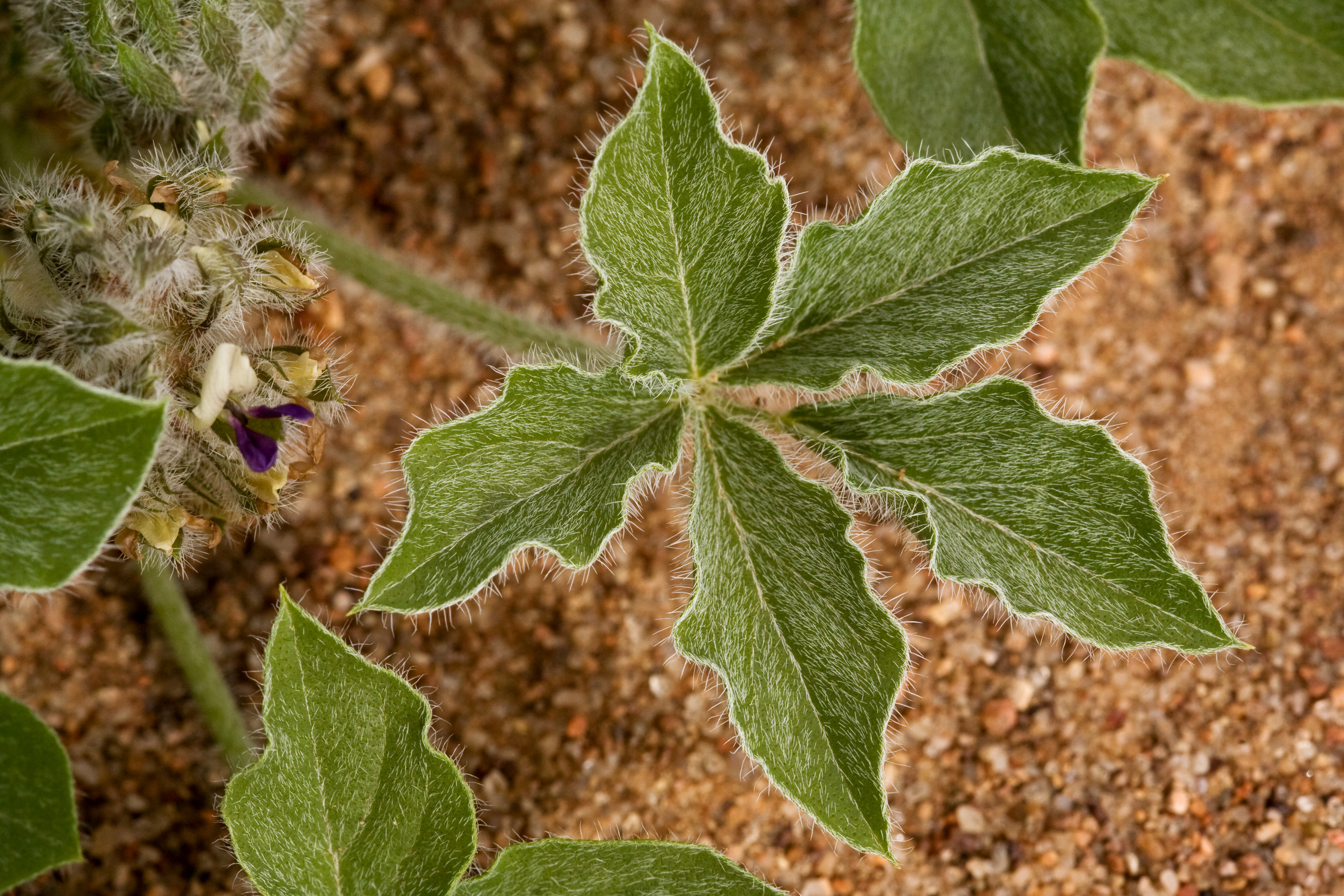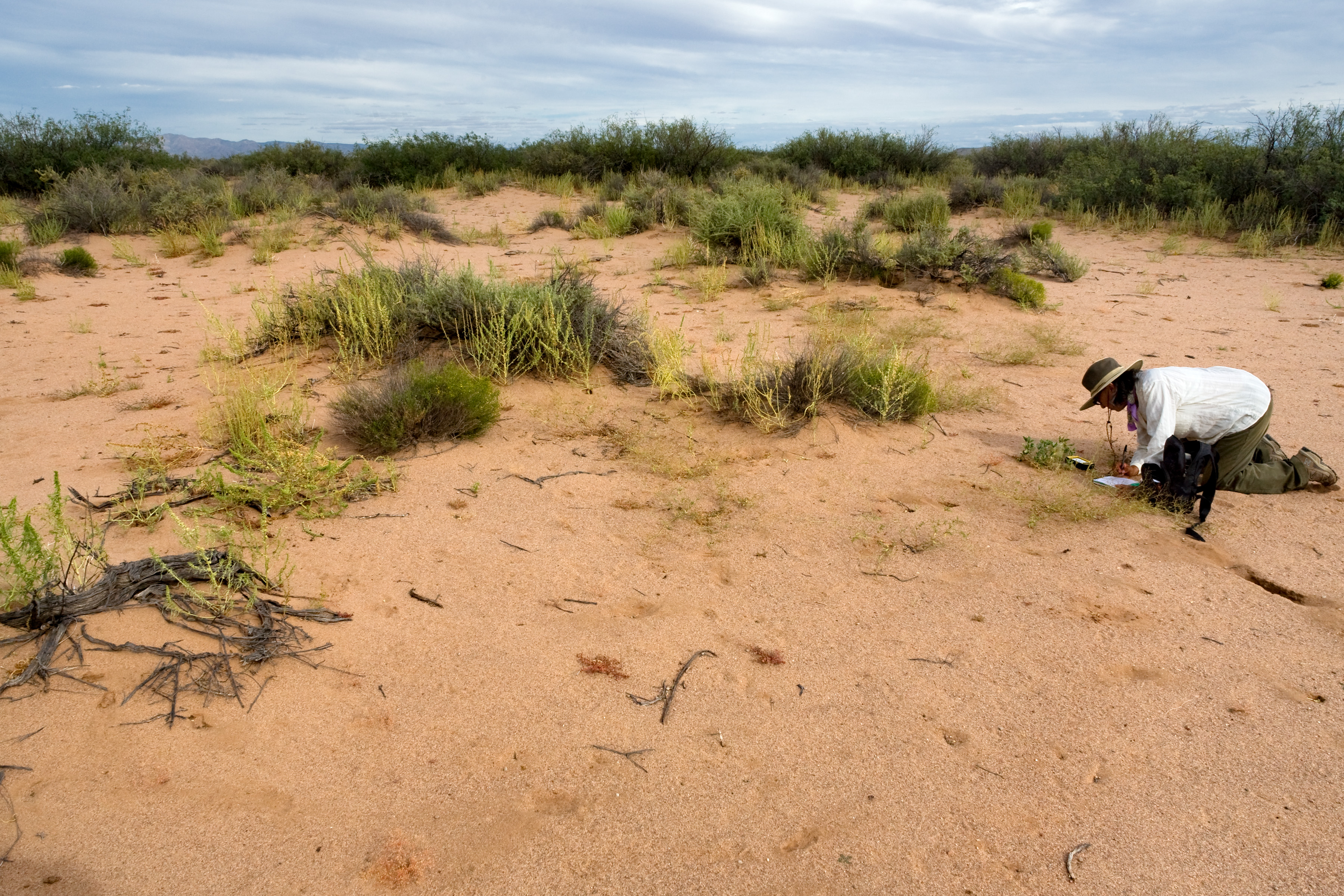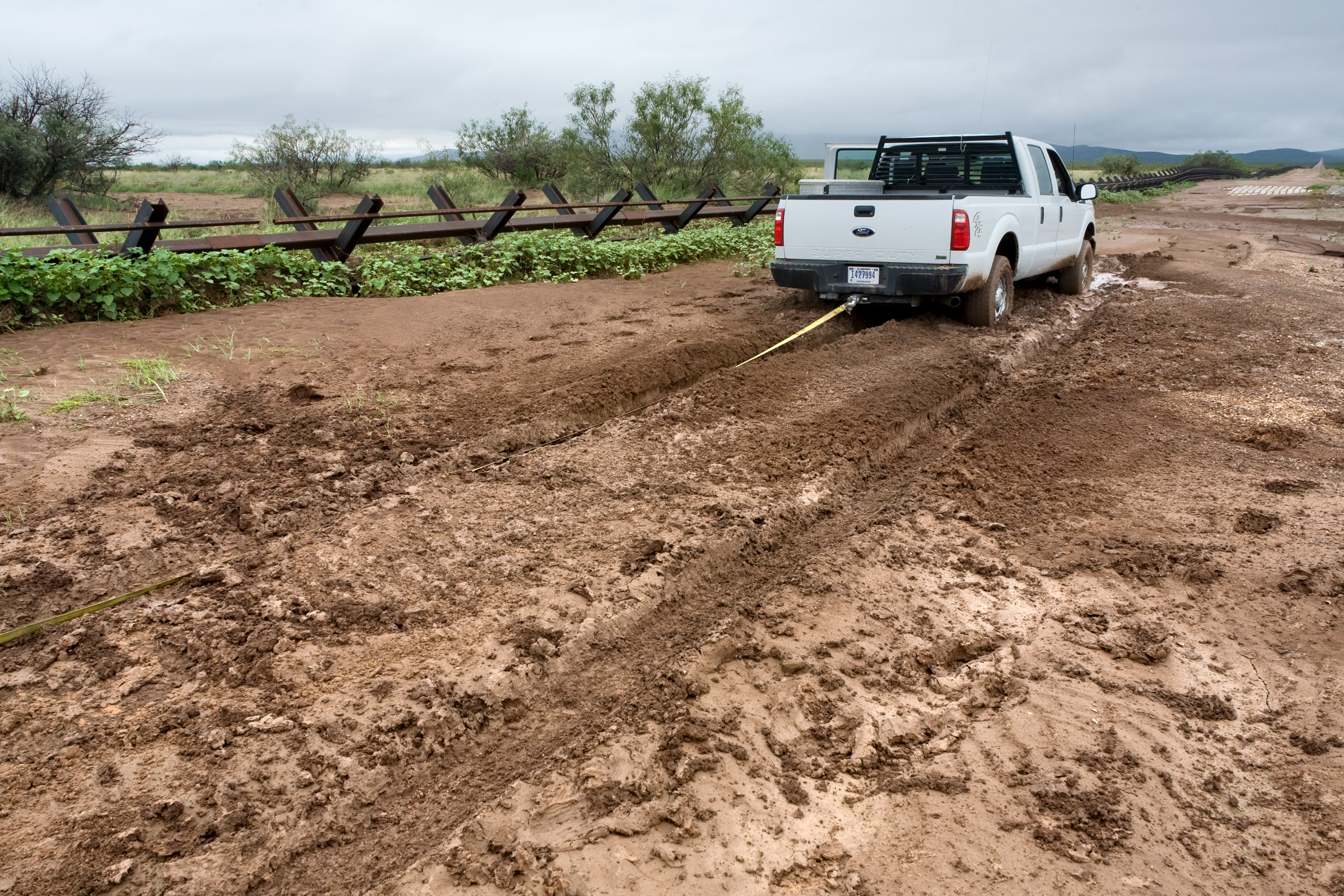Greetings all,
I spent the previous five weeks walking the desert surveying for rare plants. As I’ve mentioned before, I was doing surveys for rare plants on areas where herbicide treatments intended to restore grassland in areas that have been converted to shrubland through grazing as part of the Restore New Mexico program. In my previous posts on the subject, I’ve mostly talked about Peniocereus greggii, partly because that is all I was finding and partly because that is all I expected to find. However, since then we’ve found the other, and much more exciting, of our target species: Pediomelum pentaphyllum, a.k.a. Chihuahuan scurfpea, a.k.a. (for those who like USDA codes) PEPE27!
Pediomelum pentaphyllum is quite rare. As of 2008, there were a grand total of two known populations, one near the small community of Sunizona in southeastern Arizona and one in Hachita Valley in southwestern New Mexico. In 2010, a third population was found, southeast of Safford in southeastern Arizona. These three populations gave us a total of around 2,000 known individuals. There are also historical records from additional sites in southeastern Arizona, northern Chihuahua, and, maybe, western Texas. However, searches to rediscover these additional populations have failed, and none of them have been seen in the last 50 years. Maybe they’re still out there, who knows?
That western Texas record is a story in itself. A specimen was collected during the United States and Mexican Boundary Survey in 1853, but the locality is very uncertain. The specimen’s label says it was collected “chiefly in the Valley of the Rio Grande, below Doñana”. A note anonymously handwritten in pencil says “Fields nr the Presidio del Norte, August, Presidio Co., Texas”. This presents multiple problems: Doña Ana (in southern New Mexico) and Presidio del Norte (now called Ojinaga) are 240 miles apart; Ojinaga is in Chihuahua, Mexico, not Texas (although of course “fields near” Ojinaga might be in Texas); we have no idea where that “Fields nr the Presidio del Norte” locality comes from or on what basis we should take it to be accurate. That last problem turns out to be relatively easily solved. The “Presidio del Norte” locality comes from the Report on the United States and Mexican Boundary Survey. We’re still left with the first two problems and no good way to resolve them. I’ve encountered this kind of confusion before; specimens from the boundary survey have one locality on the specimen label and a different locality in the report and you don’t know which one (if any) is correct. So far as I can tell, locality information on boundary survey specimens just isn’t particularly reliable. So, we don’t know if that specimen came from New Mexico, Texas, or Chihuahua and it is our only basis for believing Pediomelum pentaphyllum has ever been seen in Texas. Ugh. By the way, you can see this specimen for yourself:
It’s amazing how easily things like this can be tracked down these days. The report is online, a photograph of the specimen is online, it’s all right there! I’m still left with an irritating uncertainty, but at least it didn’t take me weeks of waiting for letters back and forth and schlepping things from the library.
OK, back to Pediomelum pentaphyllum. It’s rare, and most of the surveys for it have come up empty-handed. I did a couple of weeks of surveying back in 2010, for instance, during which I did not see a single individual except for a few at the Hachita Valley population to familiarize myself with the species at a known population. More extensive surveys for the Restore New Mexico program in 2012 had the same result. For this year’s surveys, I basically expected that we’d get to wander around in the desert for a few weeks, see some wonderful places, put a couple hundred miles on our shoes, and not see any Pediomelum pentaphyllum. So it took a while for me to believe what I was seeing when I stumbled across the first one:
And another:
And another:
By the end of the day, the crew and I had found 29 of them. By the end of the survey, we had found about 270 across an area about 8 miles long and 2 miles wide northwest of Lordsburg on Lordsburg Mesa. Now we have four known, extant populations of Pediomelum pentaphyllum. This should also help us determine what habitat it likes. Our new population was in looser, dunier sand than the previously known populations, in Prosopis glandulosa / Atriplex canescens / Artemisia filifolia shrubland with a number of sand specialist plants that are uncommon in the area, including Amaranthus acanthochiton, Heliotropium convolvulaceum, Chamaesyce parryi, and Dalea lanata var. terminalis. Conveniently his habitat is fairly easy to spot on aerial imagery, so I’ve put together a list of similar areas to check. Maybe we can find a fifth population!
Some of the Pediomelum pentaphyllum was in flower, too, allowing me finally to get a good series of photographs of it:
Other notable events in the field surveys:
First, I had the best field crew ever. Seriously, these folks were awesome. Here’s one of them (Jeanne Tenorio) taking notes Pediomelum pentaphyllum:
Second, we found a lot more Peniocereus greggii as well. I’ll spare you all the photos of them… at least for now.
Third, we found a bunch of other uncommon species, including four that are new records for Luna County, New Mexico: Simsia lagasceiformis, Mortonia scabrella, Ipomoea cardiophylla, and Anoda pentaschista. I also got to photograph a half-dozen species I hadn’t photographed before.
Fourth, we got stuck in the mud a couple more times. I forgot to take a picture of the first one, but here’s the second:
That’s the Mexican border at the left. On the border road, they’ve put in concrete blocks through the muddier parts and I was hoping these would be shallow enough that we wouldn’t just sink into the mud. I was wrong. Luckily, we had two vehicles and the second could quickly pull us out.

